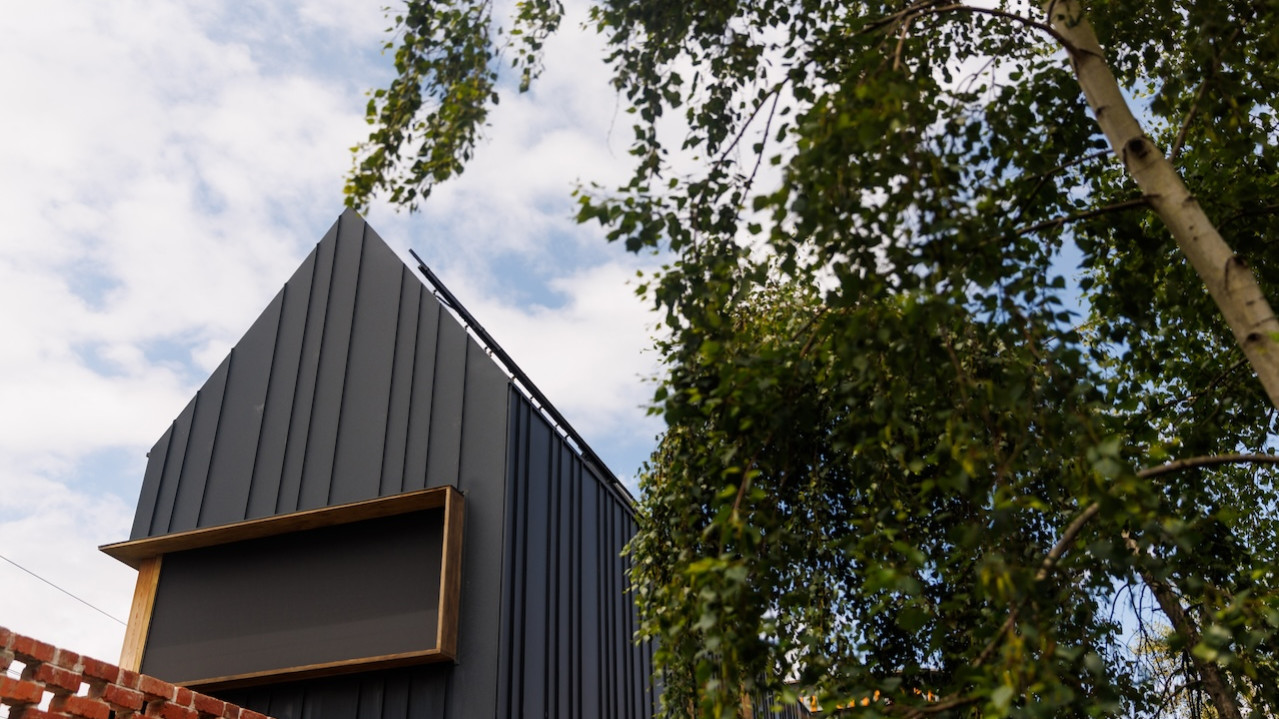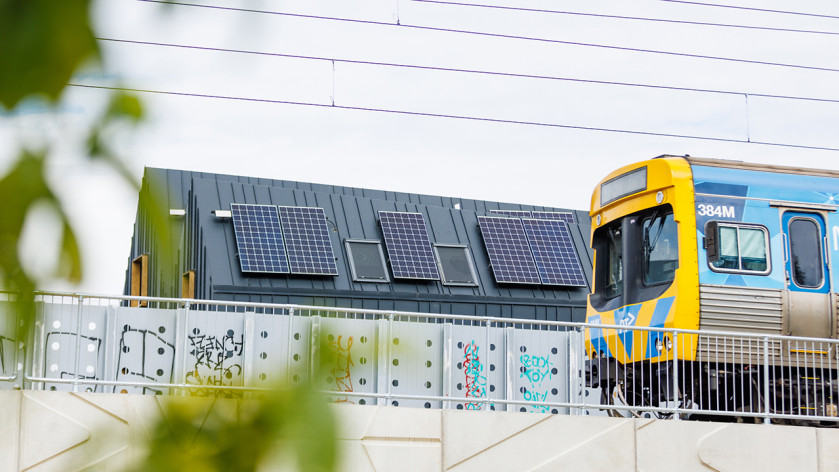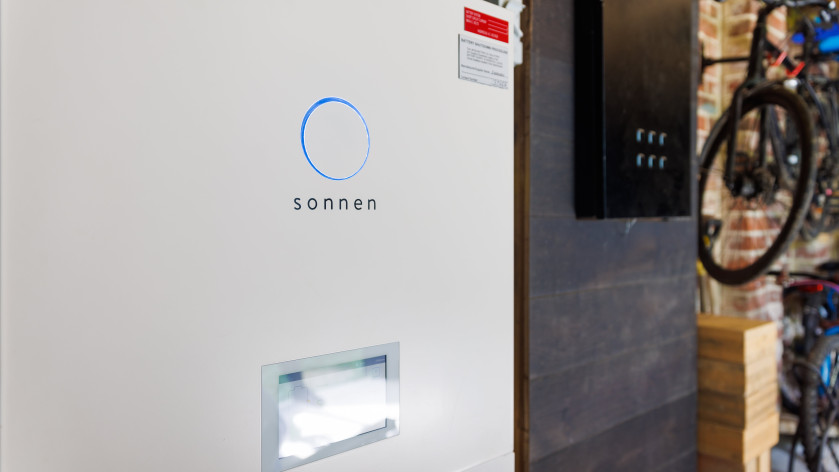
How do solar batteries work?
A home solar battery system is a great way to optimise your energy consumption and reduce grid reliance. Visit sonnen Australia to find out how they work.
What are solar battery systems?
A solar battery system is a great way to optimise your energy consumption and reduce your reliance on the grid. In a home with existing solar panels, any excess energy that is generated is exported to the grid. This means that during shortfalls (e.g. periods when the sun is not out), any electricity needs are met by re-importing that energy from the grid.
Installing a solar battery is the best way to reduce reliance on the grid, ultimately enhancing energy self-sufficiency, and reducing electricity bills. A solar battery storage system is a battery attached to an existing solar panel system. This battery will capture any unused energy generated from your solar panels and store it, rather than this energy being sent to the grid.
How do solar batteries work with solar panels?
Solar batteries work by storing surplus energy from solar panels, rather than this energy going to the grid. The solar panels will generate energy from sunlight, which will provide electricity to a home.
With the addition of a battery to the solar system, any excess energy generated from the solar panels will charge the battery, which will then store that energy. This means that there is not enough sunlight, this stored energy can be used to power the home. Without a battery, a home would rely on power from the grid, which can increase energy costs.
How do battery systems store energy?
So how do these systems store electricity? Inside the battery, a chemical reaction takes place which converts the surplus electricity into charged chemical particles, called ions. These ions are what are then stored in the battery, ready to power a home when solar energy is not available.
There are various types of solar batteries, including lead acid batteries, flow batteries, nickel-based batteries and lithium-ion batteries. Each has slight differences in performance and safety. At sonnen, we focus on lithium iron phosphate, which is also known as LiFePO4 batteries.
Lithium Iron Phosphate (LiFePO4) Batteries
The sonnenBatterie is a lithium iron phosphate battery, the only solar battery material that also occurs in its chemical composition as a natural mineral. Lithium iron phosphate technology has been around for over 15 years. Since its founding in 2010, sonnen has relied exclusively on lithium iron phosphate and has since sold over 125,000 battery storage systems.
Our batteries use a LiFePO4 cathode and a graphite anode, meaning they are a type of lithium-ion technology. However, the chemistry and construction of the LiFePO4 batteries differ slightly from the traditional lithium-ion batteries. They are particularly popular in electric vehicles, renewable energy systems, and consumer electronics because of their high energy density.
For the sonnenBatterie, this means the battery will not take up a large amount of space, making it fit seamlessly into your home. They are not prone to overheating and will also not catch fire if they are punctured. The cathode material used is non-hazardous, so there are no negative health hazards or threats to the environment.
In addition to the safety benefits of lithium iron phosphate solar battery systems, they also offer a longer cycle life. These systems can repeat the charge and discharge cycle thousands of times. In fact, the lithium-iron phosphate batteries of the sonnenBatterie can be charged and discharged more than 10,000 times and still have 80%* of their output capacity. A peak in the industry.
How are solar batteries charged?
A solar battery system consists of solar panels, a solar inverter, and a solar battery – which in this case is a sonnen LiFePO4 battery. When exposed to sunlight, the solar panels generate direct current (DC) electricity, which is then fed into the solar inverter.
The job of the solar inverter is to convert direct current electricity into alternating current electricity, which is the electricity we use in our homes. LiFePO4 batteries also feature a Battery Management System (BMS), which will protect the battery from overcharging, over-discharging, and overheating
This means that during the day while your solar panels are exposed to sunlight, the solar inverter in your system will be sending electricity to power your home, as well as to your solar battery. As your battery charges, the lithium ions move from cathodes to anodes within the battery, which is the state in which they are stored.
How are solar batteries discharged?
The discharge process involves releasing the energy that has been stored in the battery to power your home. When there is a demand for electricity, like when sunlight levels are low, the battery will begin to discharge.
The battery management system monitors this process as well, as over-discharging can negatively impact the battery’s health. The lithium ions will move from anodes, the state they are stored in, back to anodes within the battery. This creates an electric current, which then powers your home.
*The level of self-consumption depends largely on the general conditions under which the sonnenBatterie is operated. In particular, the size of the PV system as well as the sizing of the sonnenBatterie directly affect the level of self-consumption. Please coordinate this with your sonnen partner.










